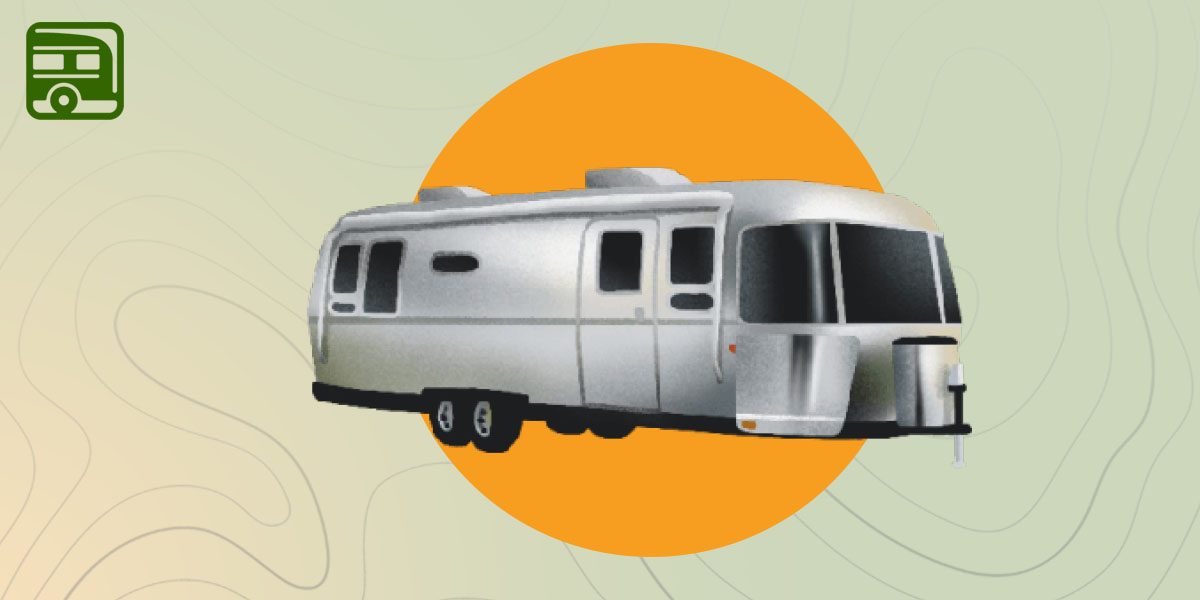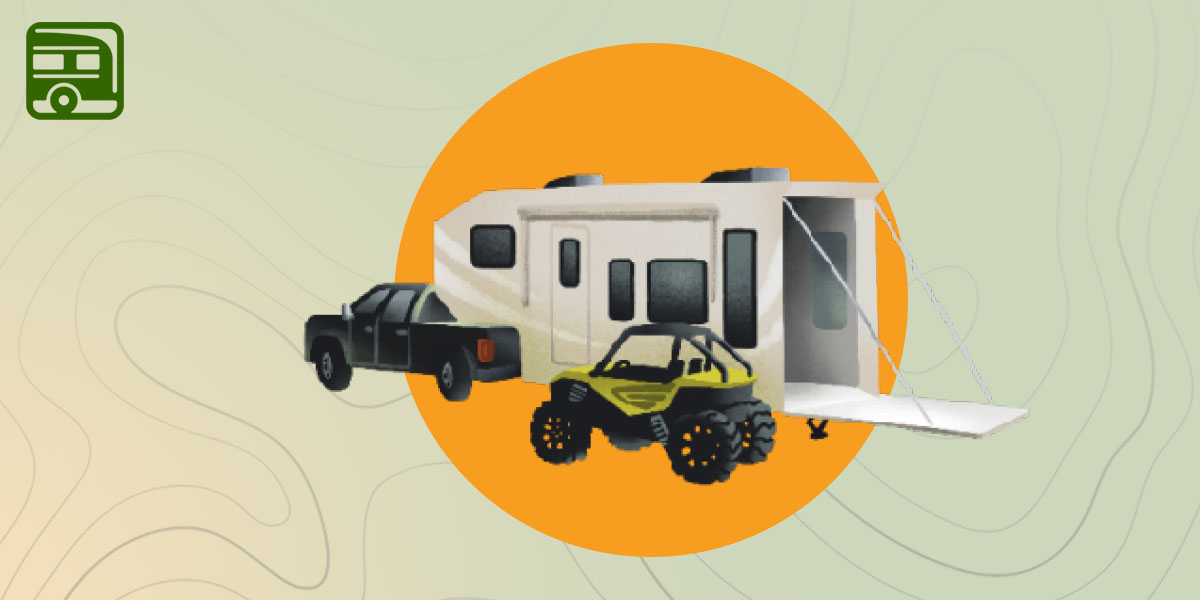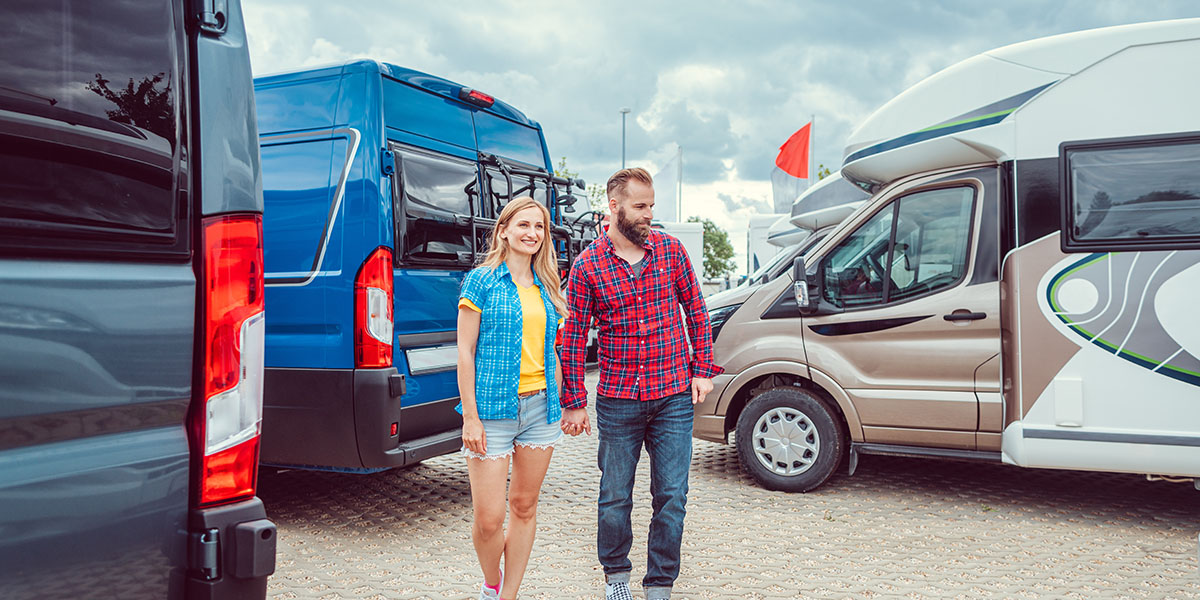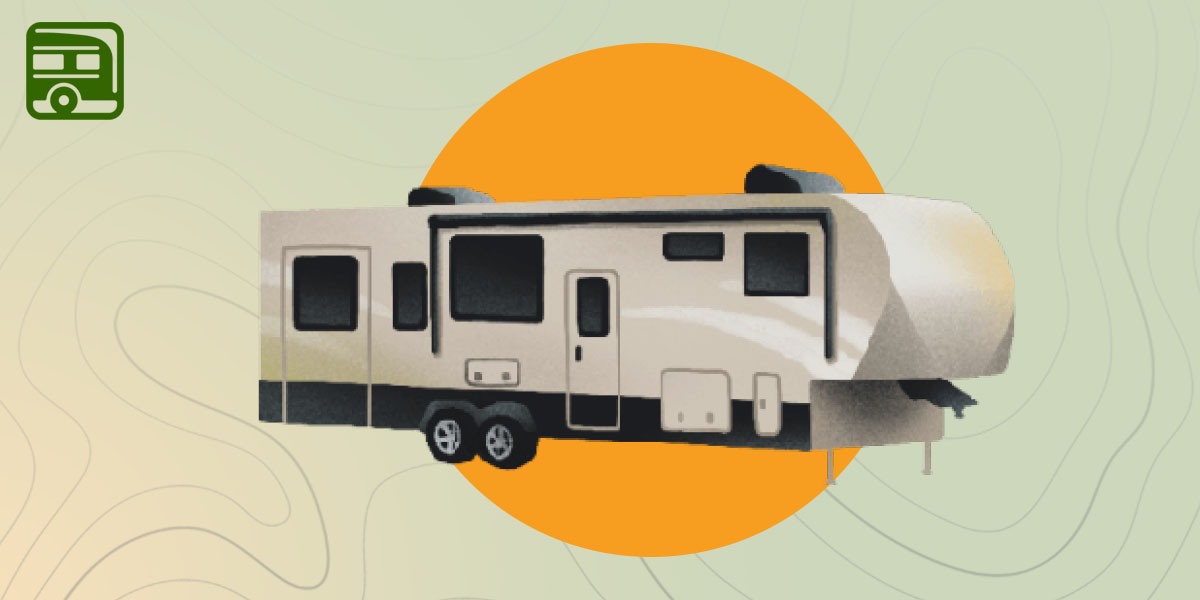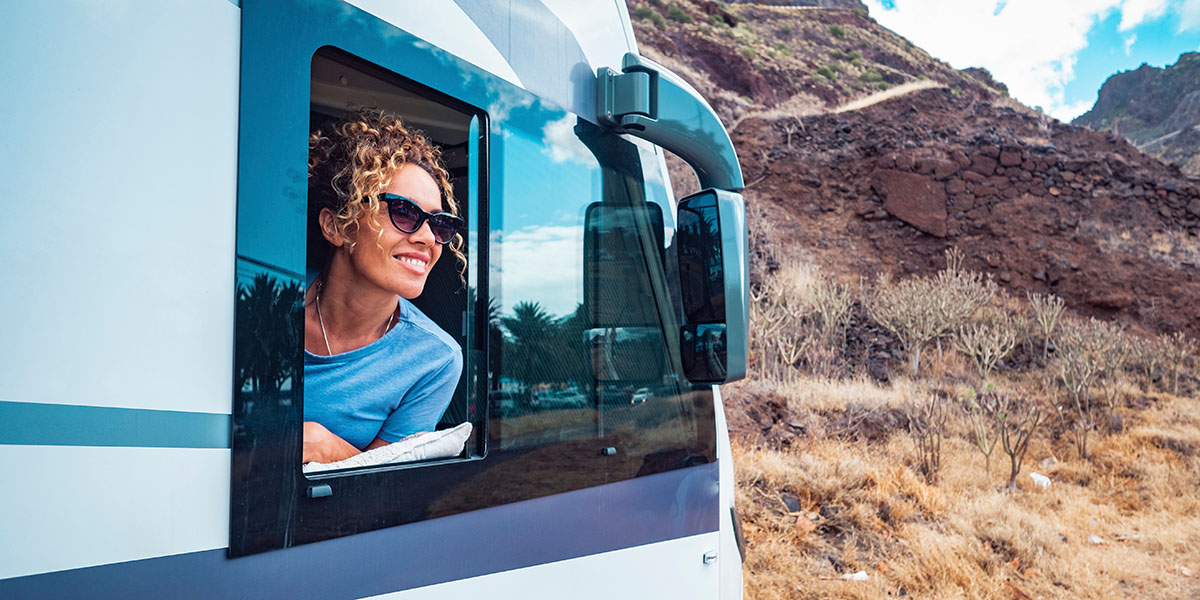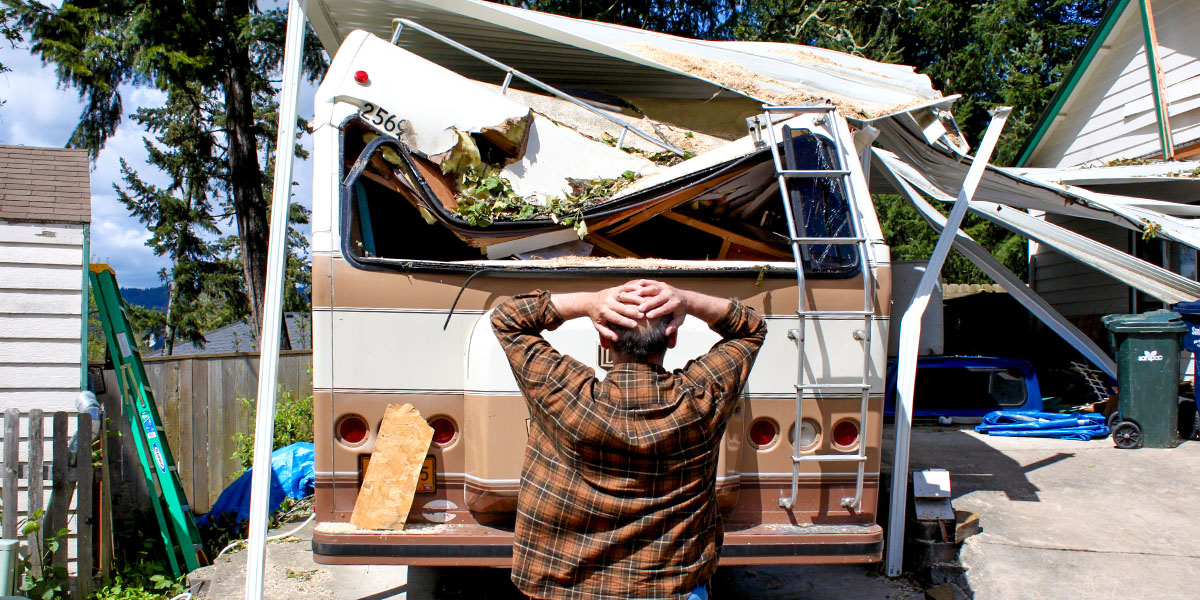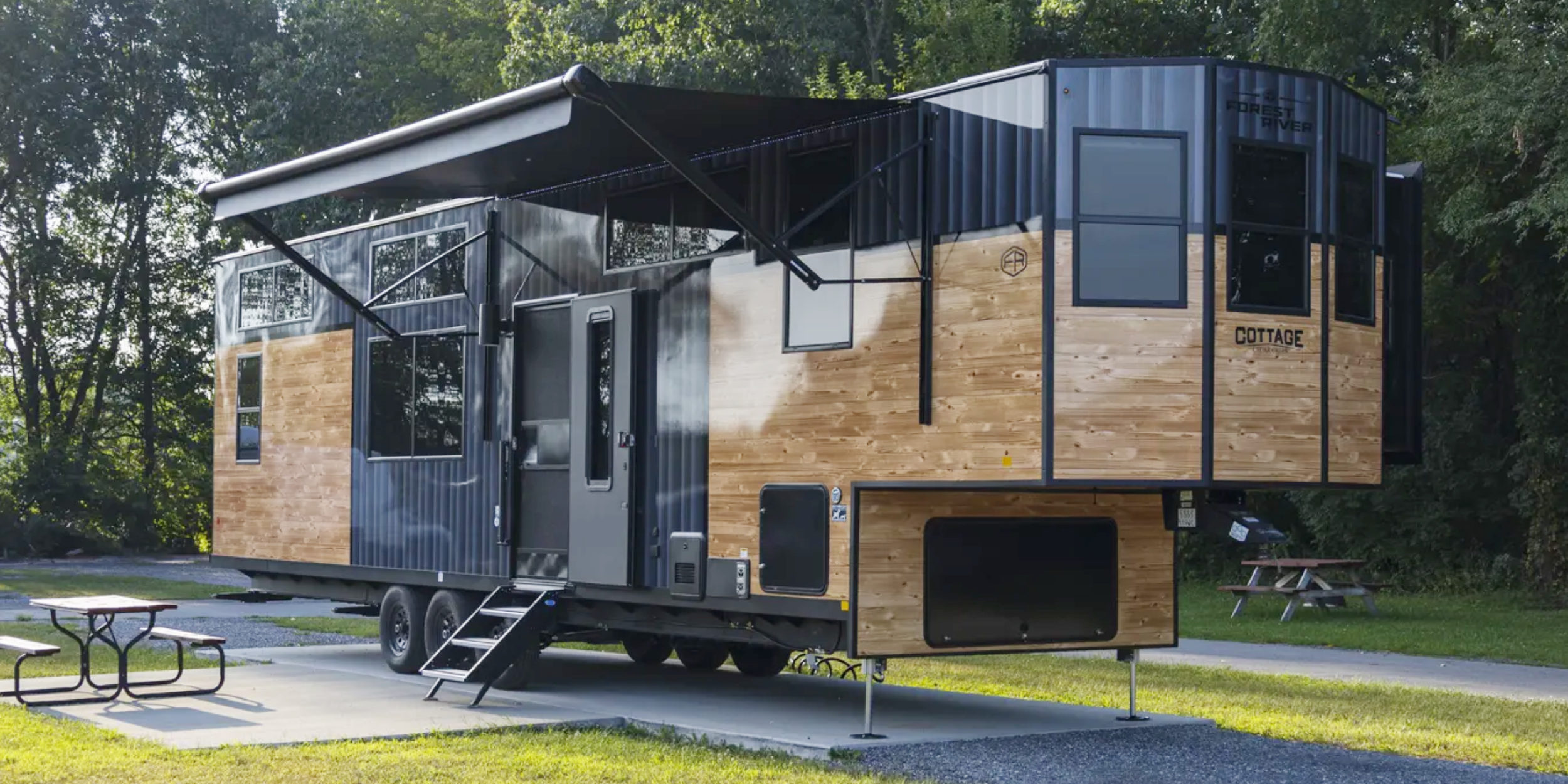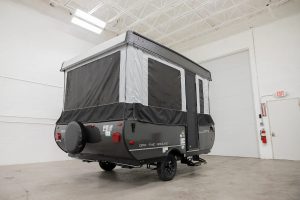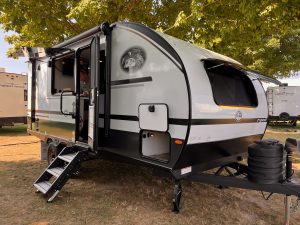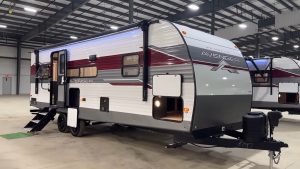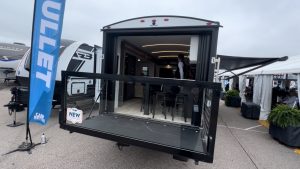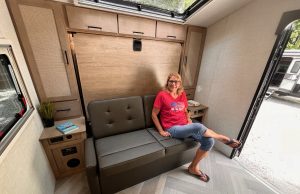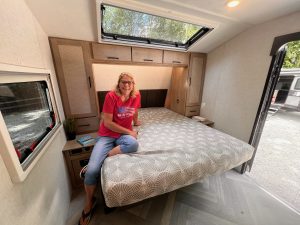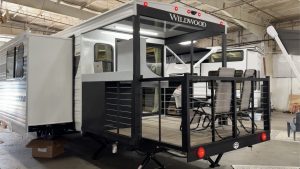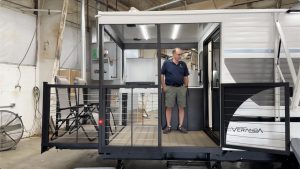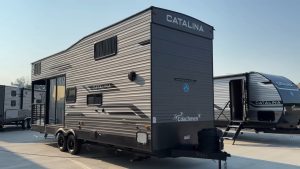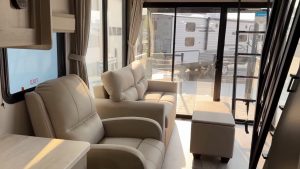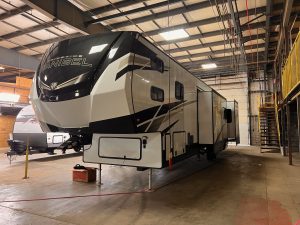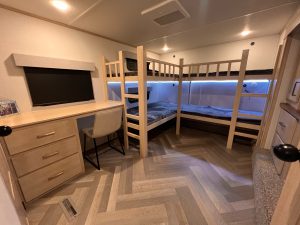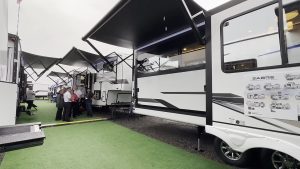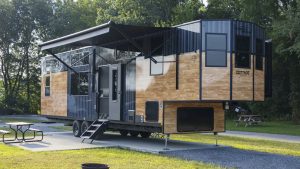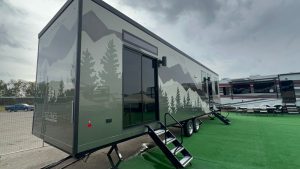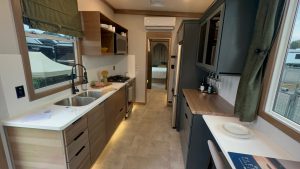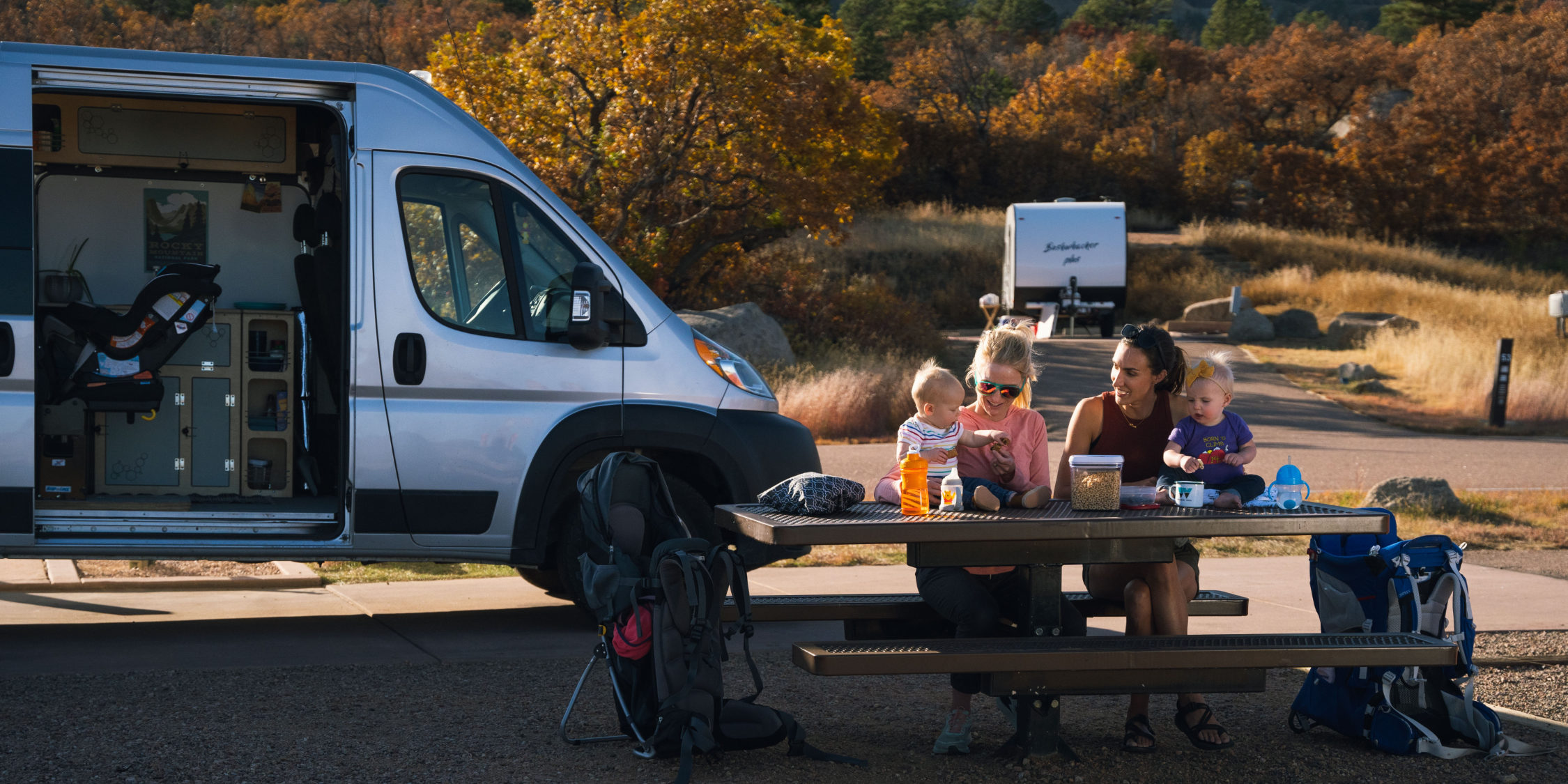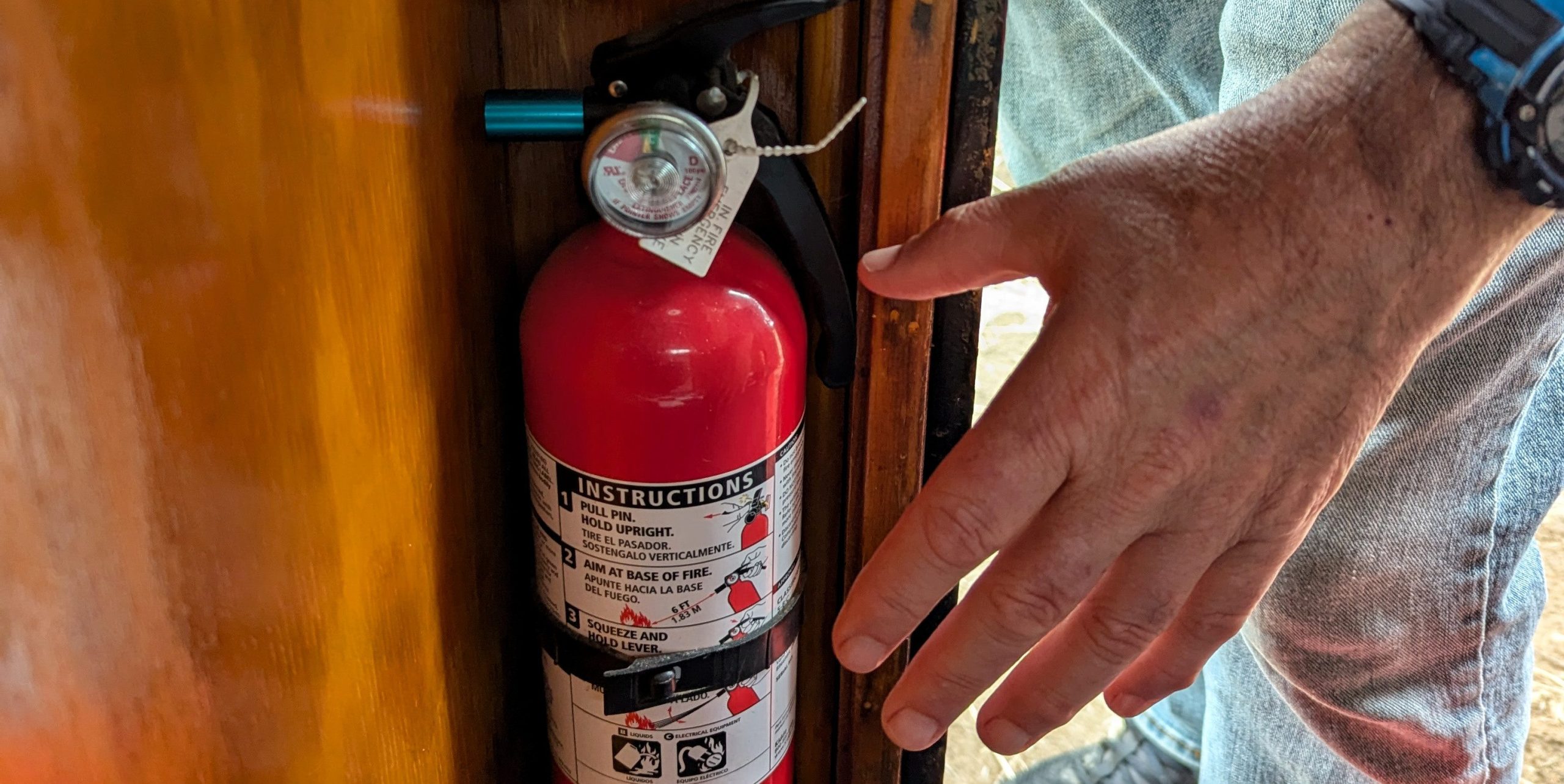Travel trailers are one of the most popular and versatile types of towable RVs. They pack the widest range of size and functionality into a more affordable package than their slightly larger and heavier towable cousins, the fifth wheel. Unlike fifth wheels, they’re towed by a bumper hitch. This gives you more flexibility in choosing a towing vehicle. And unlike motorhomes, travel trailers are (wait for it …) towed. The big advantage here is that it allows you to unhitch and use the tow vehicle separately when parked. This combination of affordability and flexibility makes them one of the most widely appealing RVs. Quite simply, travel trailers offer a little of everything for everyone.
Size and Space
Travel trailers have by far the most variation in size out of all the RV types. They can range anywhere from 10 to 40 feet in length. This variety allows for different comfort levels and space. And it makes travel trailers suitable for both weekend getaways and long-term living. Smaller trailers, like teardrop or pop-up models, are compact and easy to tow. Often, they offer just the very basic amenities in a lightweight, minimalist package. On the other end of the size spectrum, large travel trailers often feature slide-outs that expand the living area, providing ample room for kitchens, living rooms, and multiple sleeping areas.
The wide range of sizes and layouts in travel trailers makes them suitable for both solo travelers and large families. Many models offer separate bedrooms, bunkhouses, and convertible seating areas, providing flexibility for different sleeping arrangements. This makes them a natural starting place for new RVers shopping for their first purchase.
Interior Layout and Amenities
The interior layout of a travel trailer can vary drastically depending on the model and size. Smaller models focus on minimalism, prioritizing affordability. That can often mean that they feature only a bed and a small galley kitchen. Larger travel trailers, however, offer full residential-style kitchens with refrigerators, stoves, microwaves, and generous counter space for meal preparation.
Living areas in travel trailers often include a dinette and a sofa, which can convert into additional sleeping areas. Some models come with entertainment centers with flat-screen TVs and built-in sound systems. Bedrooms typically feature queen- or king-size beds. Larger trailers may even include separate bunkhouse areas for children or guests. Bathrooms in travel trailers range from compact wet baths in smaller models to full bathrooms with separate showers and toilets in larger ones.
For those who prioritize comfort, many travel trailers offer luxury amenities like fireplaces, recliners, and even washers and dryers in some high-end models. Slide-outs are common in mid-range to larger trailers, allowing for more living space when parked.
Storage and Utilities
One of the key benefits of larger travel trailers is the ample storage space they provide — especially compared to similarly sized Class B or Class C options. Even smaller models are designed with efficient storage solutions, like under-bed storage and exterior compartments for larger items. In motorized RVs, these spaces typically aren’t available. And larger travel trailers often feature full wardrobes, linen closets, and passthrough storage areas accessible from the outside.
Travel trailers come equipped with all the necessary utilities for extended trips. Freshwater and waste tanks are typically large enough to support several days of off-grid camping, while propane systems provide heating, hot water, and cooking fuel. Many travel trailers also come with solar power options and are prewired for generators. This makes them suitable for boondocking and off-grid living. Advanced heating and air conditioning systems ensure travelers can stay comfortable in all seasons.
While you can get more storage and utility out of fifth wheel models, the travel trailer shines in these departments compared to motorized options, where extra space is typically monopolized by all of the mechanisms that make the RV go – engines, drive train, etc.
Towing and Performance
One of the main advantages of travel trailers is the flexibility they offer due to their more permissive towing requirements. Unlike fifth wheels, which require a specific hitch mounted in the bed of a truck, travel trailers use a standard bumper hitch, allowing them to be towed by a wide variety of vehicles. Depending on the trailer size, this can range from SUVs to half-ton trucks.
Smaller and lightweight travel trailers, like teardrop models or those under 20 feet, can often be towed by mid-sized SUVs or crossovers. That makes them an attractive option for those who don’t want to invest in a large truck. Larger travel trailers, particularly those with multiple slide-outs and luxury features, may require a full-size truck with sufficient towing capacity.
Towing a travel trailer is generally straightforward, but matching the trailer’s weight to the towing vehicle’s capacity is essential. Proper weight distribution and using sway control systems can help ensure a smooth and safe towing experience.
Durability and Longevity
Travel trailers are built to withstand bumps in the road and various weather conditions. Most models feature durable exteriors made of aluminum or fiberglass, with reinforced frames to handle rough terrain. Insulation levels vary, but many travel trailers have sufficient insulation and heating systems to allow year-round use, even in colder climates.
With regular maintenance, travel trailers can provide many years of reliable service. Proper care can significantly extend the lifespan of a travel trailer, making it a long-term investment for regular travelers.
Cost and Investment
The cost of a new travel trailer varies widely depending on the size, features, and build quality. Here’s a broad range of pricing for new travel trailers in 2024:
- Entry-Level Models: Typically start around $15,000 to $25,000. These smaller and more affordable models offer minimal space and very basic amenities, essentially an upgraded campsite. But this makes them ideal for budget-conscious buyers, solo travelers, or those new to RVing.
- Mid-Range Models: Prices can range from $30,000 to $60,000. These travel trailers often include more features, larger floor plans, and more durable construction, making them suitable for families or long-term travel.
- High-End Models: Luxury travel trailers can cost upwards of $80,000. These models include top-tier amenities like high-end appliances, premium materials, and advanced entertainment systems, making them ideal for full-time RVers or those who prioritize comfort.
Target Audience
There’s a travel trailer for everyone, which makes them perhaps harder to explore from a purchasing perspective, but also a great place to start if you don’t know what type of unit fits you. They’re ideal for those who want the flexibility of a towable RV that can be unhitched at the campsite, allowing the tow vehicle to be used independently for day trips or errands. They’re also popular among families due to the variety of floor plans that can accommodate multiple sleeping areas and offer plenty of living space.
The Best at Doing the Most
Travel trailers do a little bit of everything. Of all the RV classes, they’re the most versatile, appealing to by far the widest variety of RVers, from individuals to huge families. They also sport by far the most massive range of features and amenities. So, while there are RV options that do certain things better, the travel trailer is the absolute best at doing the most. Add in that they are often offered at an affordable price point, and you have a class of RV that’s the perfect starting point for just about any RVer.
[marketplace_inventory_widget]
Discovery the Different Types of RV
For lots of folks entering the RV universe, travel trailers are the starting point. But more types of RV are out there. Expand your knowledge of the different types of RV with the following articles.
Class A Motorhomes: An RV Buyer Basics Guide
Class B Motorhomes: An RV Buyer Basics Guide
Class C Motorhomes: An RV Buyer Basics Guide
Fifth Wheels: An RV Buyer Basics Guide
Toy Haulers: An RV Buyer Basics Guide
Travel Trailers: An RV Buyer Basics Guide
Pop-Up Campers: An RV Buyer Basics Guide
Teardrop Trailers: An RV Buyer Basics Guide
Truck Campers: An RV Buyer Basics Guide
Fish Houses: An RV Buyer Basics Guide
